
Polarized Training Pathway
In collaboration with Dr. Stephen Seiler, the “father of polarized training,” we have curated everything you need to know about the 80/20 training method.

Cycling training is a science and an art. How endurance athletes train, when they train, and the intensity and duration of that training all affect the gains and adaptations they see.
Proper interval execution is essential to see the expected progress. How you analyze and interpret all that data is equally valuable. Of course, training needs to be planned so it fits into any given season, race schedule, and lifestyle. Off the bike, the importance of strength and conditioning is often neglected.
This is training. This process is what athletes live for.

In collaboration with Dr. Stephen Seiler, the “father of polarized training,” we have curated everything you need to know about the 80/20 training method.
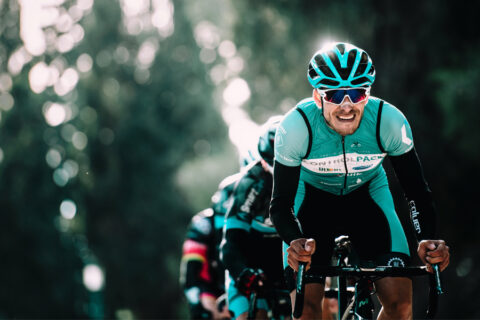
Interval workouts are a fundamental part of any endurance training program. Learn exactly what intervals are, why they are so important, and how to properly execute interval workouts with the help of Sebastian Weber, Neal Henderson, and Dr. Stephen Seiler.
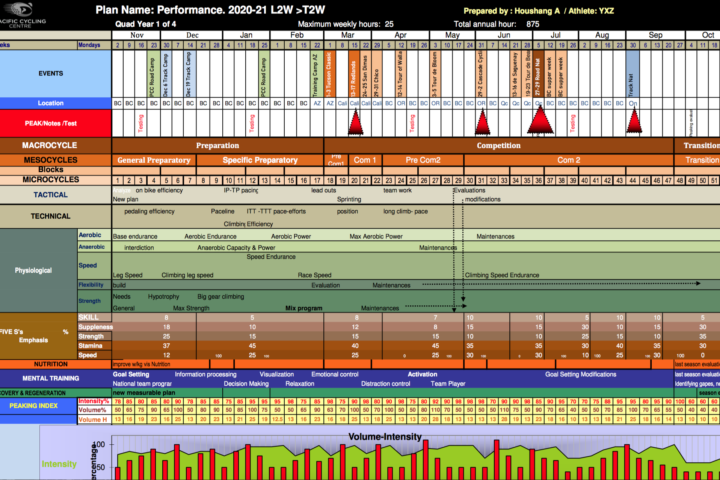
We review the art and science of developing and maintaining an annual training plan, which helps athletes progress and perform at their best.
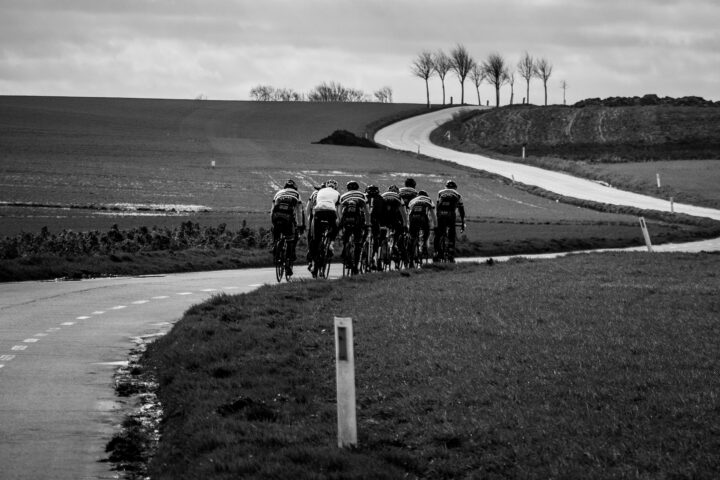
It’s hard to find time to fit in the long, slow miles that traditionally comprise the base season. Coach Trevor Connor offers suggestions for improving life-training balance, understanding quality versus quantity, and more.
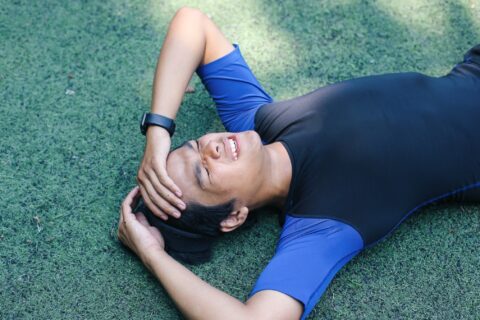
When it comes to concussions, a slow and steady recovery is the fastest way back to athletic performance.
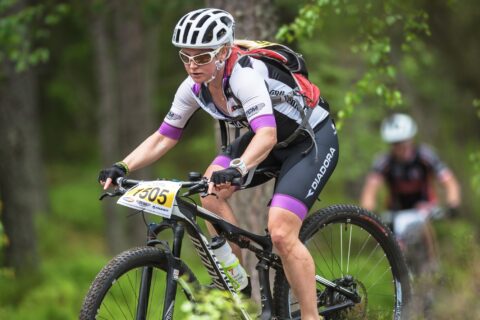
Some say filling a hydration bladder with cold water or ice could improve heat management for gravel riders compared to a standard jersey. This article explores whether that claim holds merit.
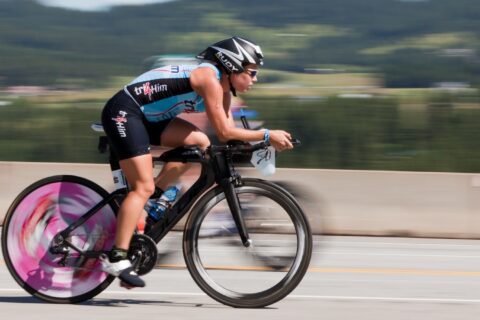
You don’t need to spend huge amounts of money on gear to see significant gains in your triathlon times.

Continuous lactate monitors have the potential to be a game changer in the endurance world, but does the technology measure up to the hype?

Understanding the roles you and your child’s coach have in their athletic development can foster a healthy relationship with sports and teach beneficial life skills to take into adulthood.
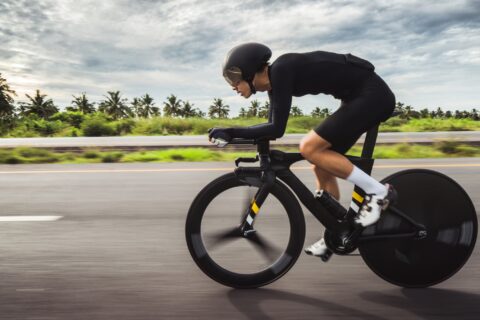
Learn what aero sensors do for cyclists and whether or not the tech is worth adding to training.

With a plethora of races to choose from, we highlight several events and detail the strengths they are best suited for—plus how to train for the big day.
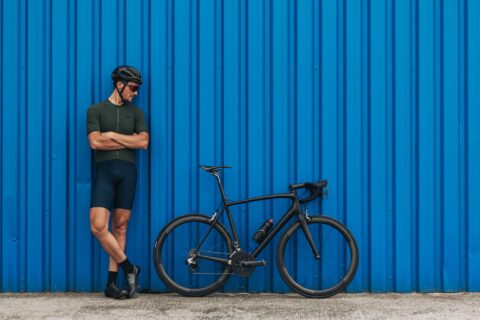
Some bike features aren’t worth the high price tag, while other bike upgrades might be worthwhile.
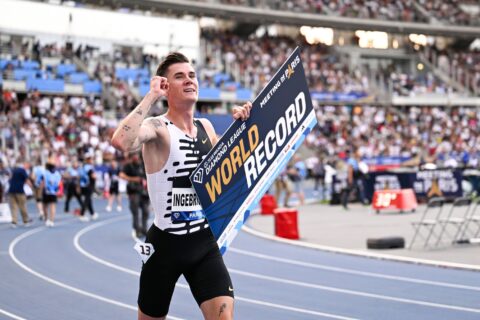
Lately, the Norwegian method for endurance training has the world abuzz. In reality, its core tenets have been around for decades.

Dr. Stephen Seiler interviews two-time Olympic speedskating champion Nils van der Poel and his coach, Johan Röjler.
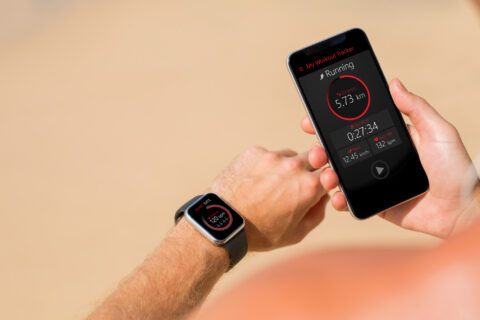
While many athletes and coaches rely on TrainingPeaks to analyze and archive their training data, there are several other notable programs worth considering.

We explore what it takes to develop from a recreational triathlete into an IRONMAN World Championship qualifier.
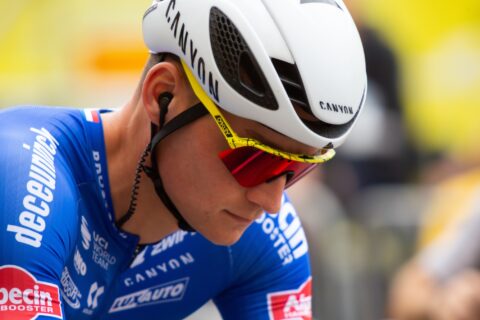
Athletes who want to train and compete in multiple sports require a different approach to training, and to have their expectations managed.
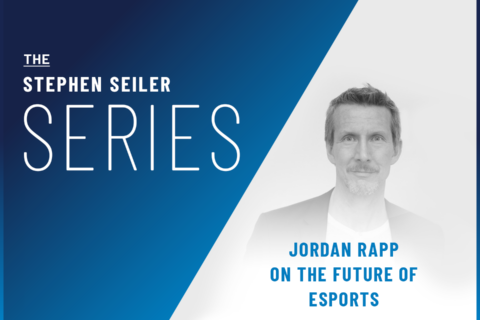
Dr. Stephen Seiler discusses esports with elite endurance athlete and game developer Jordan Rapp.

Finding another month or two in the legs may be more about careful management of fatigue and having a little more fun.
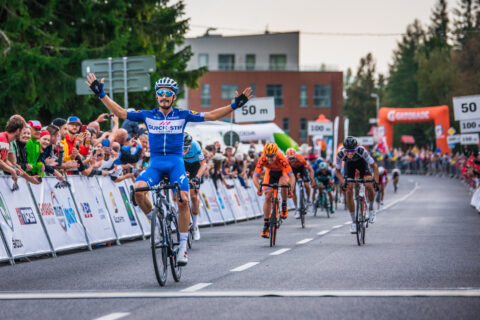
Dr. Seiler surveys the history of sports training and Esports. Learn more about how modern sport has evolved into what it is today.
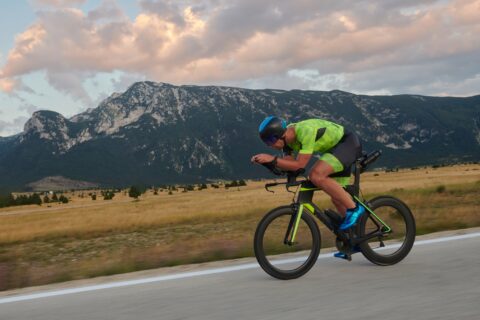
See how to match the right high-intensity interval strategy to you and your event to achieve your best possible performance.

You might never sprint during an Ironman or ultra-running race, but that doesn’t mean you can’t benefit from some HIT.